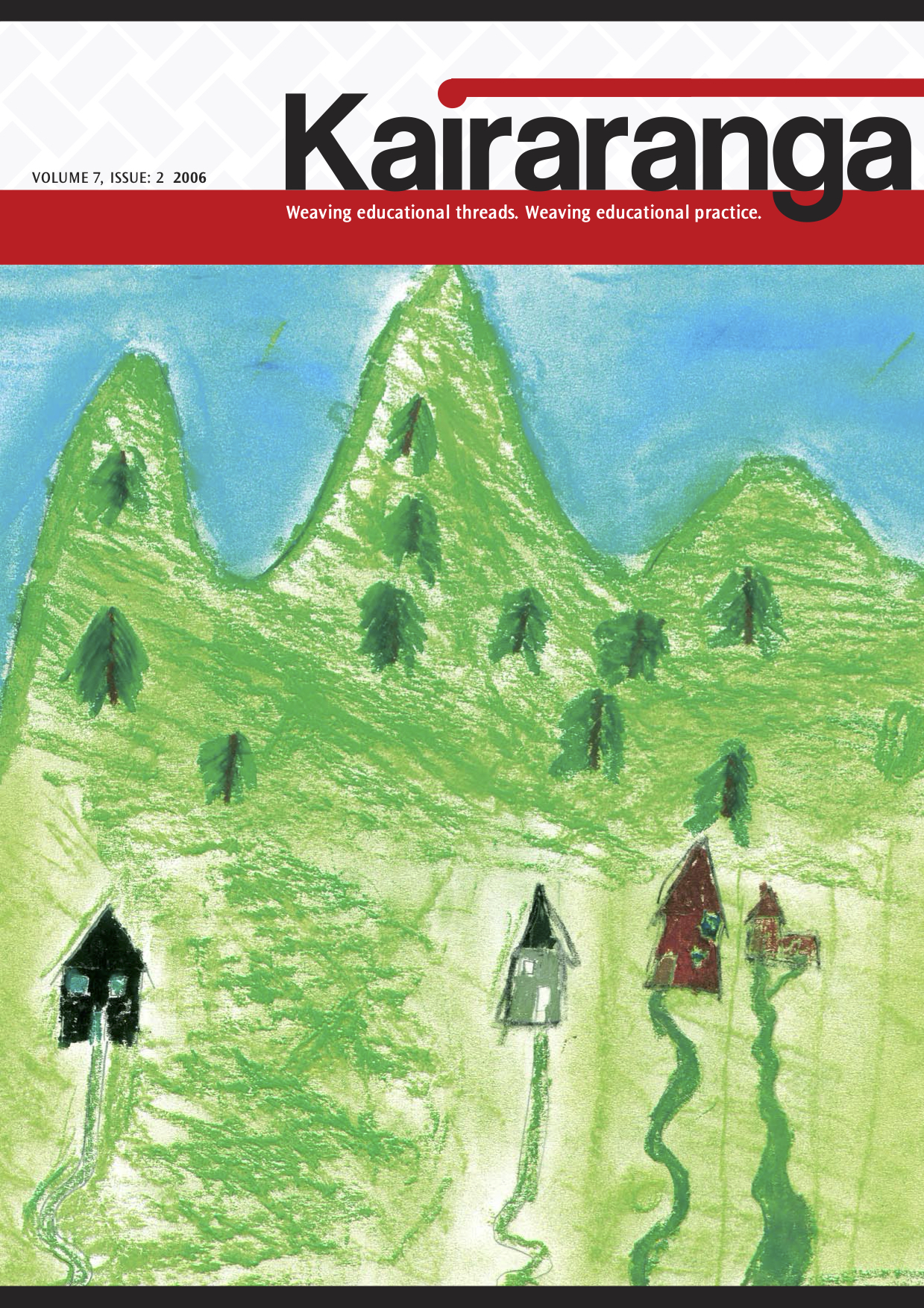Three models for understanding gifted education.
DOI:
https://doi.org/10.54322/kairaranga.v7i2.60Keywords:
Cognitive ability, cultural differences,, gifted, inclusive, education, intelligence, student achievement.Abstract
The Ministry of Education (2000) handbook, Gifted and talented students: Meeting their needs in New Zealand Schools requires each school to show they are identifying and catering for their gifted and talented students. The terms 'gifted' and talented' represent a range of diverse special abilities rather than describe a single homogenous group or category. Three theories or models of giftedness and talent development are presented in this article, namely Renzulli's
(1986) Three ring conception of giftedness, Gardner' (1986) Theory of multiple intelligences, and Gagne's (1992) Differentiated model of giftedness and talent. Each defines and categories giftedness and talent according to their own criteria. Schools are recommended to have a sound understanding of theories and principles underpinning gifted and talented education, such as those presented in this article, in order to meet the Ministry of Education's requirements and to successfully meet the needs of students who are identified as gifted and talented.
Downloads
Published
Issue
Section
License
Copyright (c) 2022 Angela Page

This work is licensed under a Creative Commons Attribution-NonCommercial-ShareAlike 4.0 International License.
